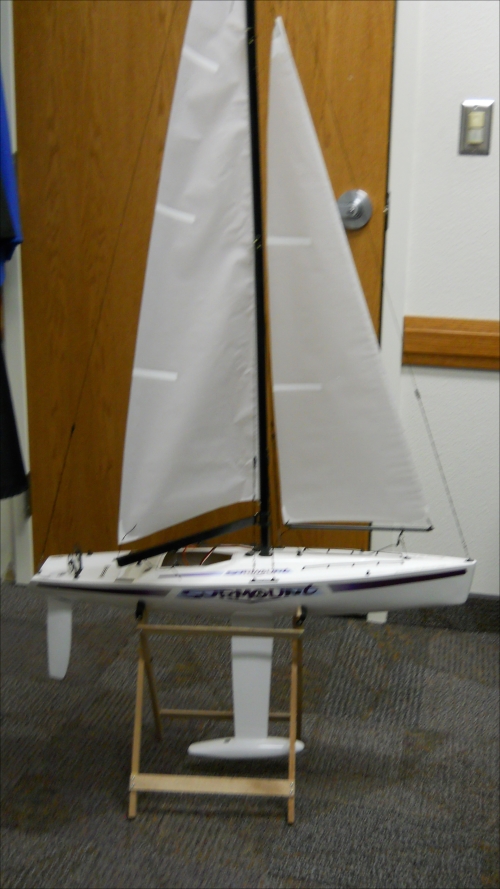You're reading from BeagleBone Robotic Projects
We've built robots that can navigate on land; now let's look at the possibilities for building robots that can navigate in the air or on the water. By now I hope you are comfortable accessing the USB control channels and talking with servo controllers and other devices that can communicate over USB. Instead of leading you through each step, in this chapter I'm going to point you in the right direction and allow you to explore a bit. I'll try to give you some examples using some of the projects that are going on around the Internet. I hope you are now ready to explore a bit on your own, for these projects can be quite complex and I'm not going to lead you through each step.
You don't want to limit your robotic possibilities to just walking or rolling. You'll want your robot to fly, or sail, or swim. In this chapter, you'll see how you can use the capabilities you have already mastered in projects that defy gravity, explore the open sea, or navigate below...
Now that you've created platforms that can move on land, let's turn to a completely different type of mobile platform—one that can sail. In this section, you'll discover how to use the BeagleBone Black to control your sail boat.
Fortunately, sailing on the water is about as simple as walking on land. First, however, you need a sailing platform. The following image shows an RC sailing platform that can be modified to accept control from the BeagleBone Black:

In fact, many RC controller boats can be modified to add the BeagleBone Black. All you need is space to put the processor, the battery, and any additional control circuitry. In this case, the sailing platform has two controls: a rudder that is controlled by a servo and a second servo that controls the position of the sail. These are shown in the following image:

To automate the control of the sail boat, you'll need your BeagleBone Black, a battery, and a servo controller. The...
You've now built robots that can move around on a wheeled structure, and robots that have legs, and robots that can sail. You can also build robots that can fly, relying on the BeagleBone Black to control their flight. There are several possible ways to incorporate the BeagleBone Black into a flying robotic project, but the most straightforward way is to add it to a quadcopter project.
Quadcopters are a unique subset of flying platforms that have become very popular in the last few years. They are a flying platform that utilizes the same vertical lift concept as helicopters; however, they employ not one but four motor/propeller combinations to provide an enhanced level of stability. The following image displays such a platform:

The quadcopter has two sets of counter-rotating propellers, which simply means that two of the propellers rotate one way; the other two rotate the other way to provide thrust in the same direction. This provides a platform...
You've explored the possibilities of walking robots, flying robots, and sailing robots. The final frontier is robots that can actually maneuver under water. It only makes sense that you can use the same techniques that you've mastered to explore the undersea world. In this section, I'll detail how to use the capabilities that you have already developed in a Remote Operated Vehicle (ROV) robot. There are, of course, some interesting challenges that come with this type of project, so get ready to get wet.
As with the other projects in this chapter, there are possibilities to either buy an assembled robot or assemble one by yourself. If you'd like to buy an assembled ROV, visit http://www.openrov.com. This project, funded through Kickstarter, provides a complete package, including electronics based on the BeagleBone Black. If you are looking to build your own, there are several websites that document possible instructions for...
Another possibility for an aerial project is a plane based on the ArduPilot and controlled by the BeagleBone Black. Visit http://www.plane.ardupilot.com/ for information on controlling a fixed-wing aircraft with the Ardupilot. It would be fairly straightforward to add the BeagleBone Black to this configuration.
 © 2013 Packt Publishing Limited All Rights Reserved
© 2013 Packt Publishing Limited All Rights Reserved